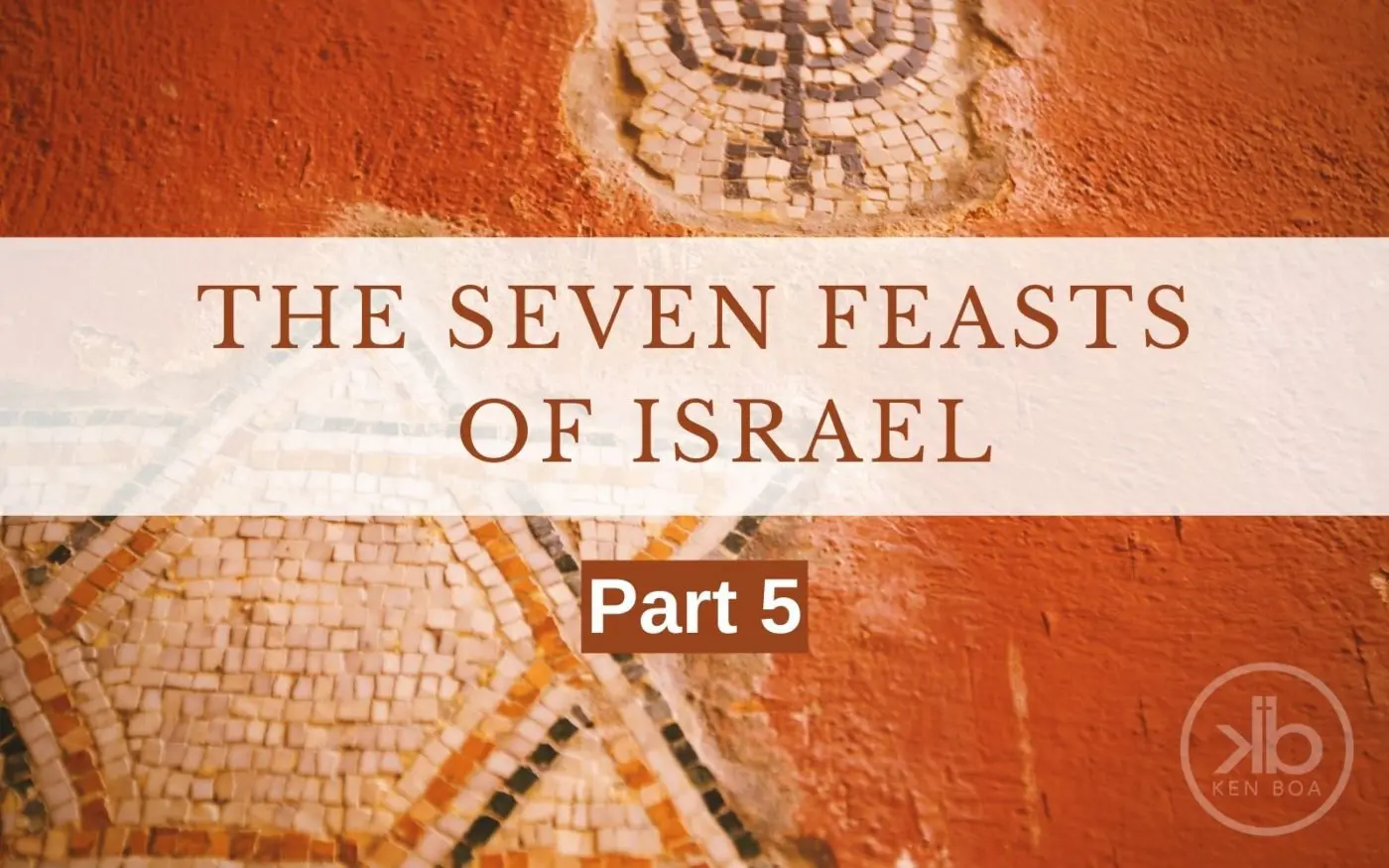Looking at the eschaton, or the last things, is a tricky topic. But it is important for us as Christians to be able to talk about it graciously. In order to do so, we must recognize the mystery of prophecy and treat one another with charity. We may have different views, but we all stand on the same foundational truths.
Last Things and the Feasts of Israel
Prophecy about the eschaton relates to our idea about the fulfillment of the feasts of Israel.
There are four basic views on the millennium mentioned in Revelation 20:
- Post-tribulational Premillennialism: Christ will come after the church undergoes a tribulation to establish His kingdom on earth.
- Pre-tribulational Premillennialism: Christ removes His church from the earth before the tribulation. This allows for the restoration of the nation of Israel.
- Postmillennialism: In this optimistic view, the church ushers in Christ’s kingdom through the spreading of the gospel.
- Amillennialism: The millennium is symbolic of the interadvent period, the time between Christ’s incarnation and His second coming.
The church has swayed between the tendencies of interpreting the prophecies in Revelation literally versus symbolically throughout its entire history. Because of this, the constant temptation for us is to swing too far on either side of the spectrum. Some people separate Israel and the church too much, and others tend to conflate them entirely.
The Time Between the Feasts
The Pre-tribulational Premmillennial view affirms a literal fulfillment of the spring feasts of Israel. One of these is the rapture of the church during Pentecost. This rapture then ushers in the fulfillment of the summer gap—the time between the four spring feasts and the three fall feasts—in a time of tribulation. In the midst of this time, many people would come to Christ, fulfilling the salvation of the nation of Israel.
Click here for more information about Ken Boa’s Sunday Morning Study.



